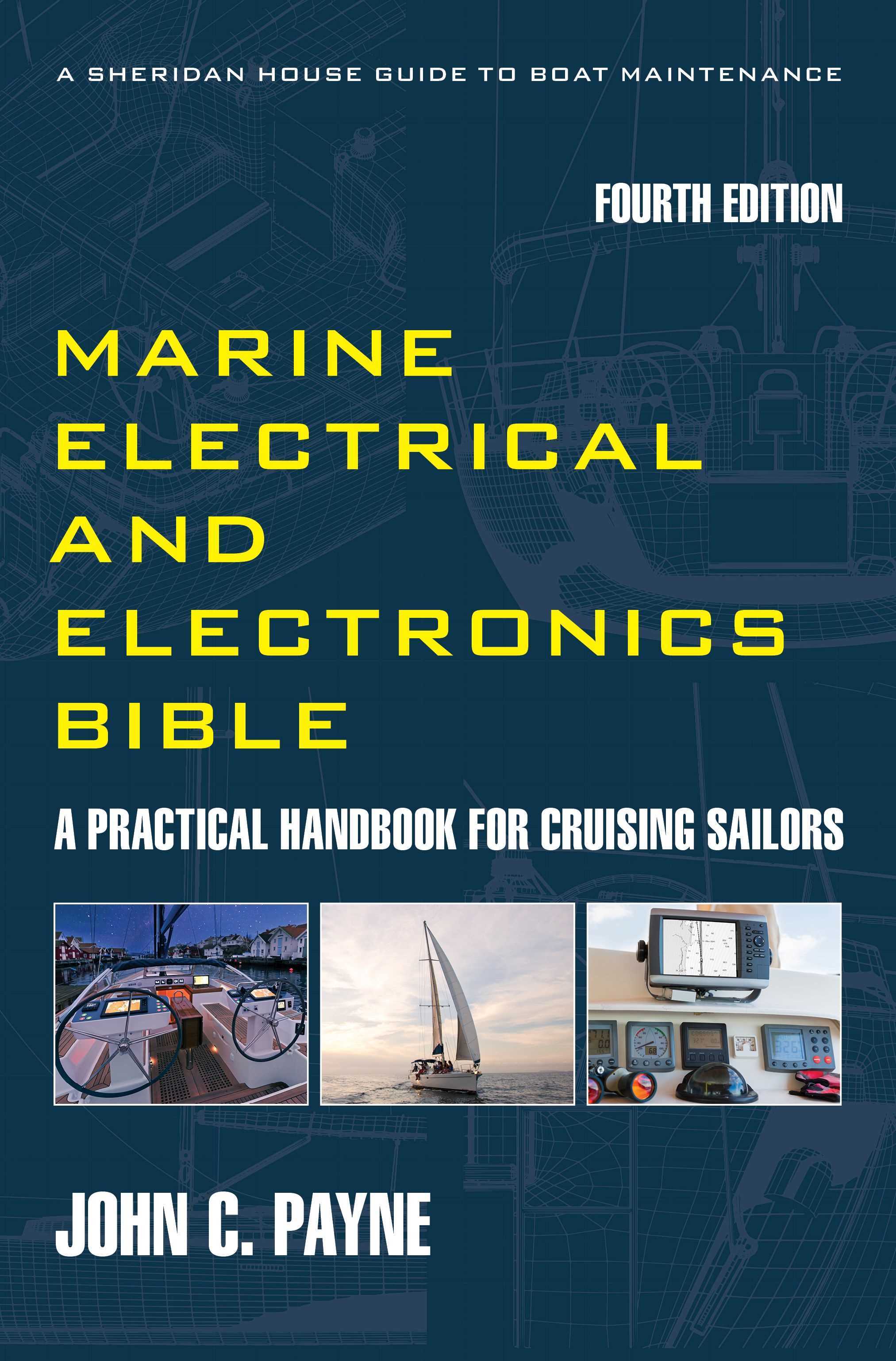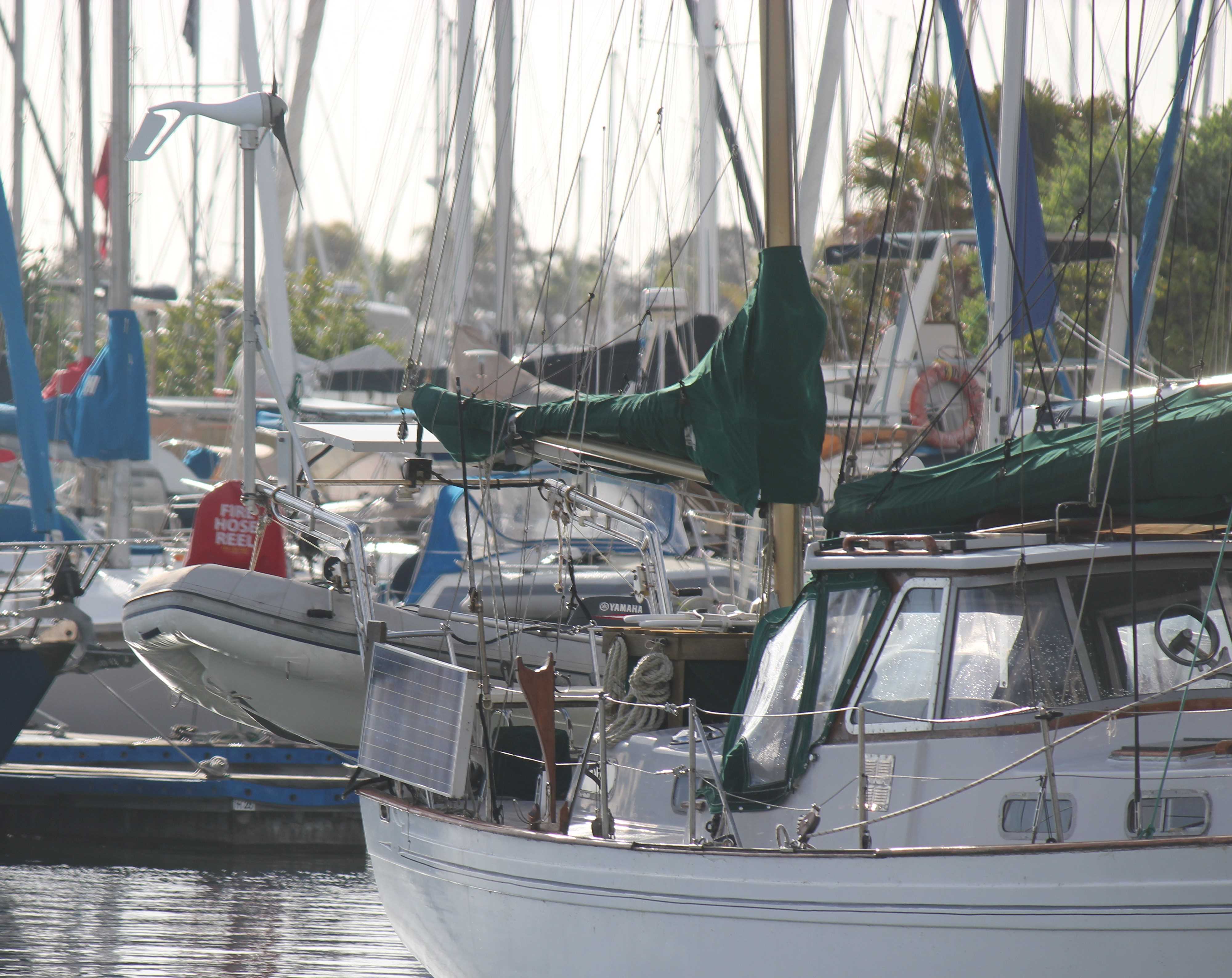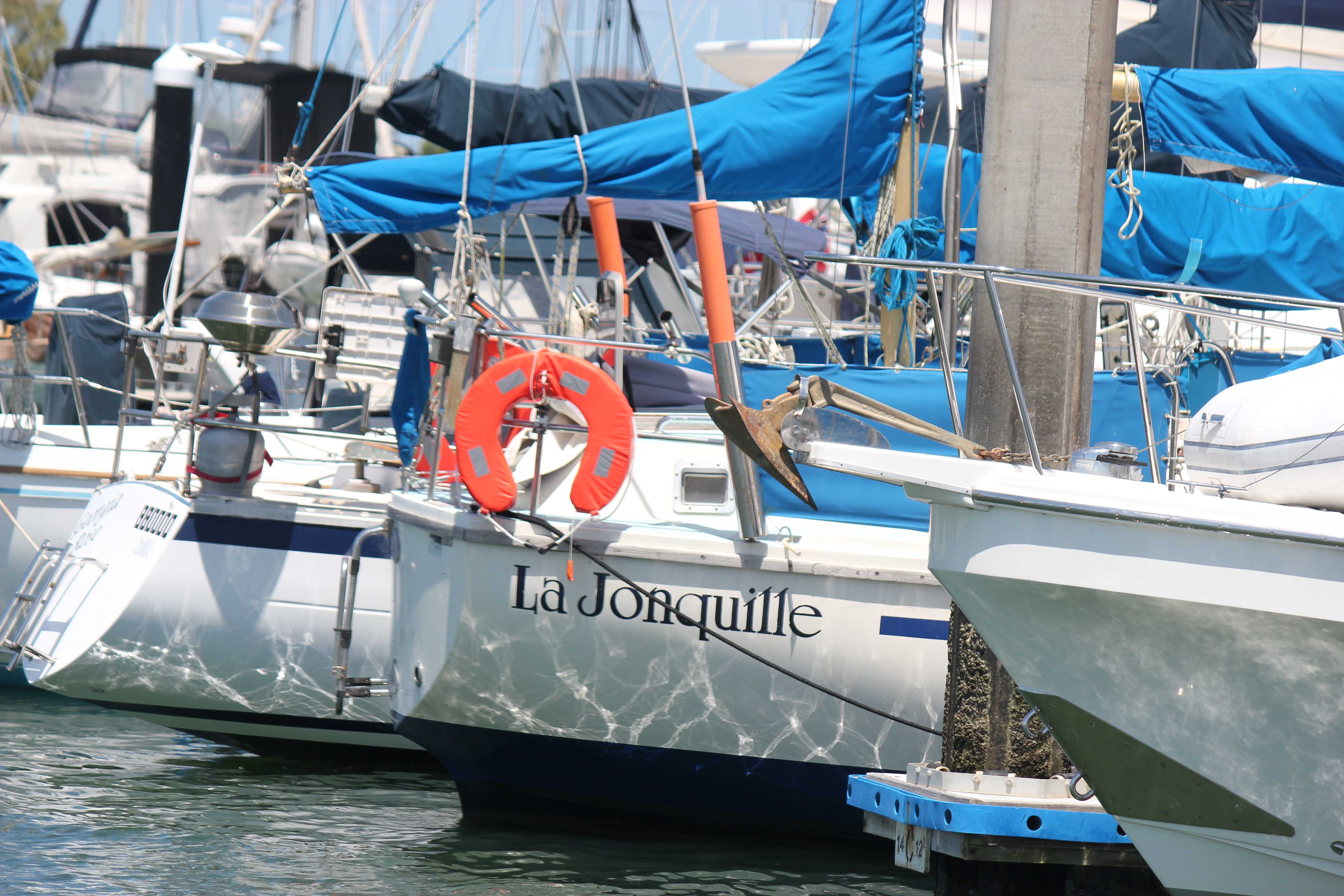Finding liveaboard boats for
sale
So you have decided to start looking at liveaboard boats for sale, but what exactly are you looking for? Have you done the sums, have made a budget, have you made a plan to move aboard? Many people don’t have a real plan where they have properly scoped out what is required. There are many issues and factors to consider.
There are three or four routes to getting a boat and living aboard. You can buy a boat that requires little to no work and is ready to move onto and start living. You can buy something cheaper and requires a substantial refit and you can possibly live aboard while you do that, been there and done that and still doing that again. Or you can take the slow route and decide to build from scratch or alternatively purchase some other persons unfinished project and try and complete it, been there and done that and never again.
The 4th Edition of the Marine Electrical Electronics Bible Get your copy and start becoming self sufficient and save money on expensive technician callouts.Liveaboard boats for sale - the ready to liveaboard route
This is for the fortunate who have a budget that allows purchase of a new boat or one that is in great condition. Personally, I would love a new Hallberg-Rassy 34 or perhaps a HR 40C with center cockpit, and there are so many other great boats that suit good cruising and liveaboard capability. If you can go this route more power to you, and do so without finance even better. For most of mere mortals we have to look at other options.
Liveaboard boats for sale - Ready to liveaboard but needs work route
I have been this route twice, and I knowingly bought a boat with lots to fix up. Of course the surveyor was a little incompetent and missed many defects. Also the previous owner was somewhat deceitful and failed to disclose lots of latent or hidden defects which cost more than planned for and should have bene disclosed for simple safety reasons. Built in late 1970’s and very strong hand laid up FRP hull, done 2 circumnavigations and hull in good condition with some minor defects. A proven design with some 350 of them afloat around the world. I chose a 36 foot ketch as that is ideal for 2 people and easy to handle. The bigger you go the more expensive everything gets, reminded me of the 5 foot rule, for every 5 feet in length the price doubles. There were issues, such as very old standing rigging, and the rig was uninsurable as a result. I pulled the masts and had them surveyed, all surprisingly good and I installed new standing and running rigging, along with new wind instruments and VHF antenna, radar, navigation lights and so on, as I don’t want to be climbing the mast later. It is cost efficient to do this. It wasn’t all plain sailing though, the furler was condemned, it was more 20 years old and the bearings had almost collapsed. I took the opportunity to add in a dyneema removable inner forestay for the as new unused storm sail that came with the boat. Extra expense was incurred as the booms had extensive corrosion and had to be replaced. The sails were in pretty good condition and some minor maintenance only. Six months into ownership and I am ready to sail, well almost. Fortunately the engine had been upgraded 20 years ago and only had 300 hours on it so no issues with that. The electrical system requires complete rewiring and was a disaster, supposedly by a professional. The water systems were also a mess and requires reworking. There were many other issues of course and being addressed as they are uncovered. The upshot though is that I am going sailing again soon. I went full on to get all the major issues resolved quickly so as not to get stuck in the rut that many do when faced with a large range of problems to fix up. See this page for a summary of items on my boat that hold true for all boats.
Liveaboard boats for sale - the fixer upper liveaboard
route
Some boats are really cheap for a reason, and they are essentially a hull with mostly dysfunctional systems. These often include storm and hurricane damaged boats. It is very difficult to live aboard a boat undergoing major work. The smaller the boat becomes the harder that is. On some marina’s you can’t do substantial work on a boat and some choose to live aboard when in a yard or hardstand area. Marina facilities are useful when doing this BUT you need essential systems working, which include the basic galley and water system as a start. The key to this route is much like eating the elephant, do it in bitesize portions at a time. Choose or prioritize the system most important to living aboard. This is usually potable water systems, including bilge pumps and the galley which also means refrigeration. I coped for a long time with a portable 12 volt frig. Ensure the cabin is habitable. Ensure the lighting system is functional. Essential to this is maintaining a clean boat at all times, if you live in a mess you never feel like you are winning.
Liveaboard boats for sale - The unfinished project
route
I have been down that route and it’s a hard one to follow. I am fortunate to have the skill sets to build and fitout a boat, but most do not. It is easy to under estimate the amount of work and the costs to bring a boat up to standard. In many cases you start with a hull partially complete or complete but rusting away in a yard. You do not know what imperfections or defects are there and also the standard of the work, such a substandard seam welding and so on. When buying an abandoned project get someone in to survey the hull, and any other parts such as engines. Engines are often second hand or if new poorly stored, and out of warranty and so on. That bargain might not be as good as it looks. Inventory all the parts, and condition. Caveat emptor or Buyer Beware!
Liveaboard boats for sale - the DIY build a new boat route
I have been involved in many of these projects and installed electrical systems. The majority of these boatbuilders are learning as they go along, and often trying to build the perfect boat. These projects often take several years and the vast majority never get completed as people run out of money, destroy relationships and simply lose sight of the goal, which is to go cruising and liveaboard. Many who embark on this route have little to know previous boat or cruising experience and some of the decision making is flawed. There are many project graveyards around with unfinished dreams rotting away. My view is to ask yourself a question, do you want to be a boatbuilder or do you want to go cruising? Besides having to find a suitable place to build a boat or finish one, with rental costs and utilities being substantial, then there is the question of finding the hours to devote to the project while holding down employment, then the work and rework due to inexperience. I have done many years in commercial shipyards around the world, and rework has a cost factor of times 6. Many projects have constant changes as the owner changes ideas or plans, and most have no basic project management experience. If you are planning to build then it takes serious assessment before starting. Many home build DIY projects are done in steel or aluminum as it is more economical than attempting a FRP/GRP or a wooden or composite hull. Many years ago I was interested in a Van de Stadt Caribbean design, which is still available. The Dutch design company markets a large range of boats, with the 34 foot, the Caribbean 40, the Norman 40 and the Samoa 47 are amongst the most popular, and all are blue water proven and great liveaboard boats. For construction speed you can choose the multi-chine design and have the plates plasma cut by a company, there are ready cut plate kits available. The hull is assembled in a cradle and some have been assembled and welded within a few weeks. To speed up a build, get a professional in to help assemble and weld out the hull, and likewise the hull blast and coatings. If you then decide to do the interior yourself you are ahead of the game. The choice is then to spend years trying to do perfect timber joinery or use marine ply and painted surfaces and timber trims. I did this on a steel hull rebuild and I was sailing literally years before any of the others in the yard got afloat. Perfection costs time and money. Make a construction plan and stick to it. Make an equipment list and stick to it. Some of the home build companies include Bruce Roberts, Hartley, Wharram, Van de Stadt, Dudley Dix and the late Joe Adams had many successful designs for cruising boats with good sailing performance. So if you are looking for liveaboard boats for sale, look at all the factors, and then enjoy cruising.


